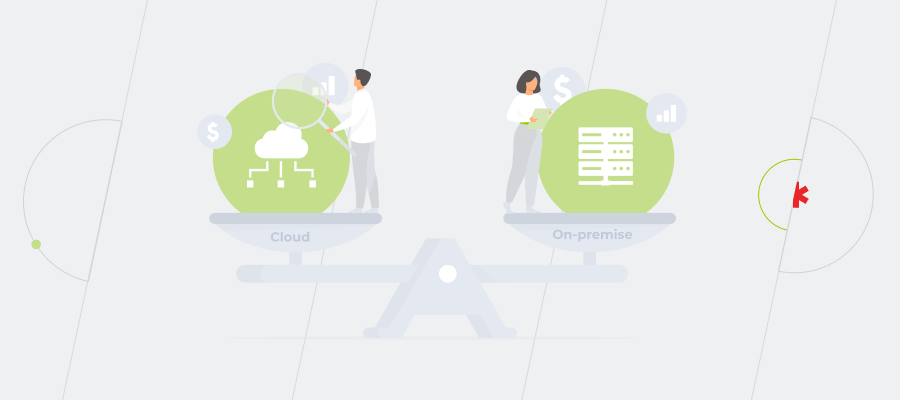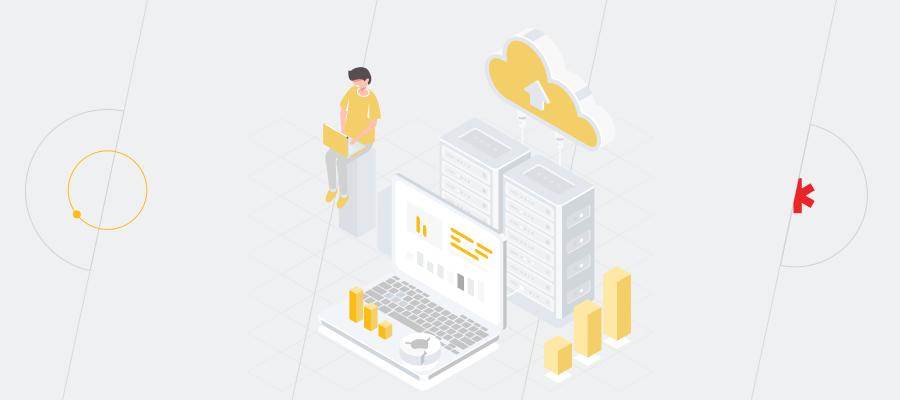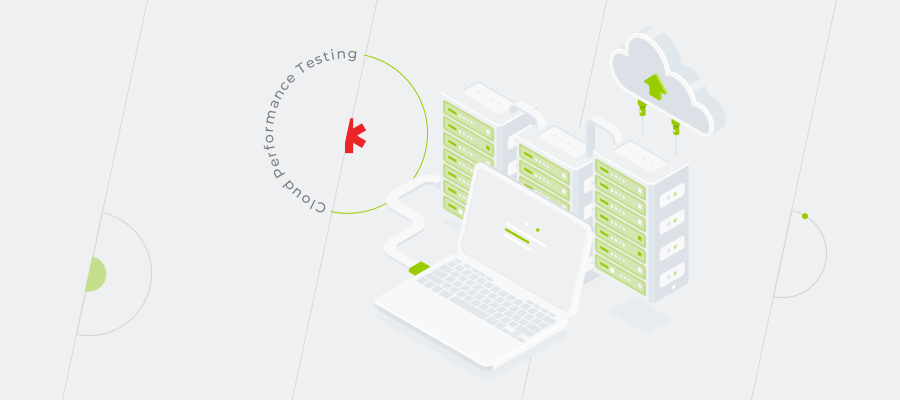When rationalizing cloud migration, the first question all CEOs encounter is the risks and benefits of migrating. A lot has been said about the added value, speed, and competitiveness acquired along with cloud technology. Yet, some of the doubts that need to be addressed firsthand, are infrastructure compatibility, staff cloud-training, public cloud visibility, data security and encryption, keys to the cloud and storing your user data, etc.
As you weigh all the pros and cons of cloud migration, it’s time to get to a cloud migration strategy. Let’s find out what exactly it is, how to prepare one, and what personnel is needed from your side.
What is a Cloud Migration Strategy?
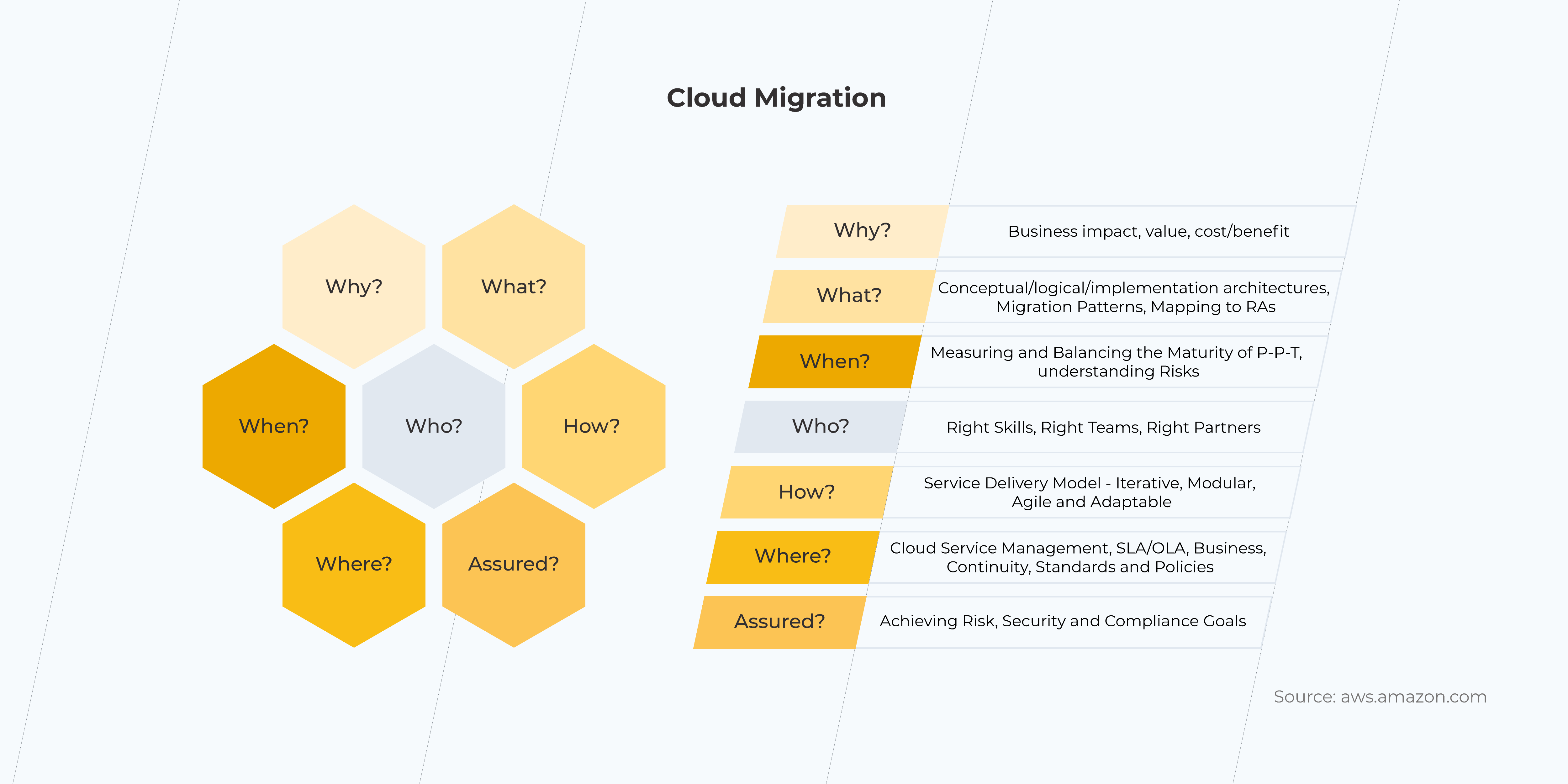
A cloud migration strategy is a master document that describes the purpose, business outcomes, and key stakeholders of the cloud within an organization. It contains the decision points of the cloud migration strategy, involving applications, IT systems, and infrastructure migration. The document also incorporates the key takeaways on the technology pathways and decisions from the cloud adoption and cloud migration plans. However, it’s just different from them and plays a very important role in the whole process of migration.
Why Do You Need a Cloud Migration Strategy?
A cloud migration strategy defines the roles and decisions about the cloud in your organization. It identifies the key services consumed by the cloud provider and determines the amount of code to be written and refactored.
A cloud migration strategy serves as a guidebook for cloud service adoption, addressing technology silos, non-standard solutions, non-optimized costs, and exposing risks from poorly configured environments.
A cloud migration strategy document is a bible project shared between all the stakeholders, tech staff, and other key decision-making personnel, serving as a go-to resource when aligning with the current state of the company’s technology, and projecting the state of the cloud for the years to come. It’s a living document that reflects the digitalized company’s growth factors.
That being said, a lack of cloud migration strategy will leave the team with little to no coherent guidance for cloud service adoption in your organization. This can result in a number of challenges.
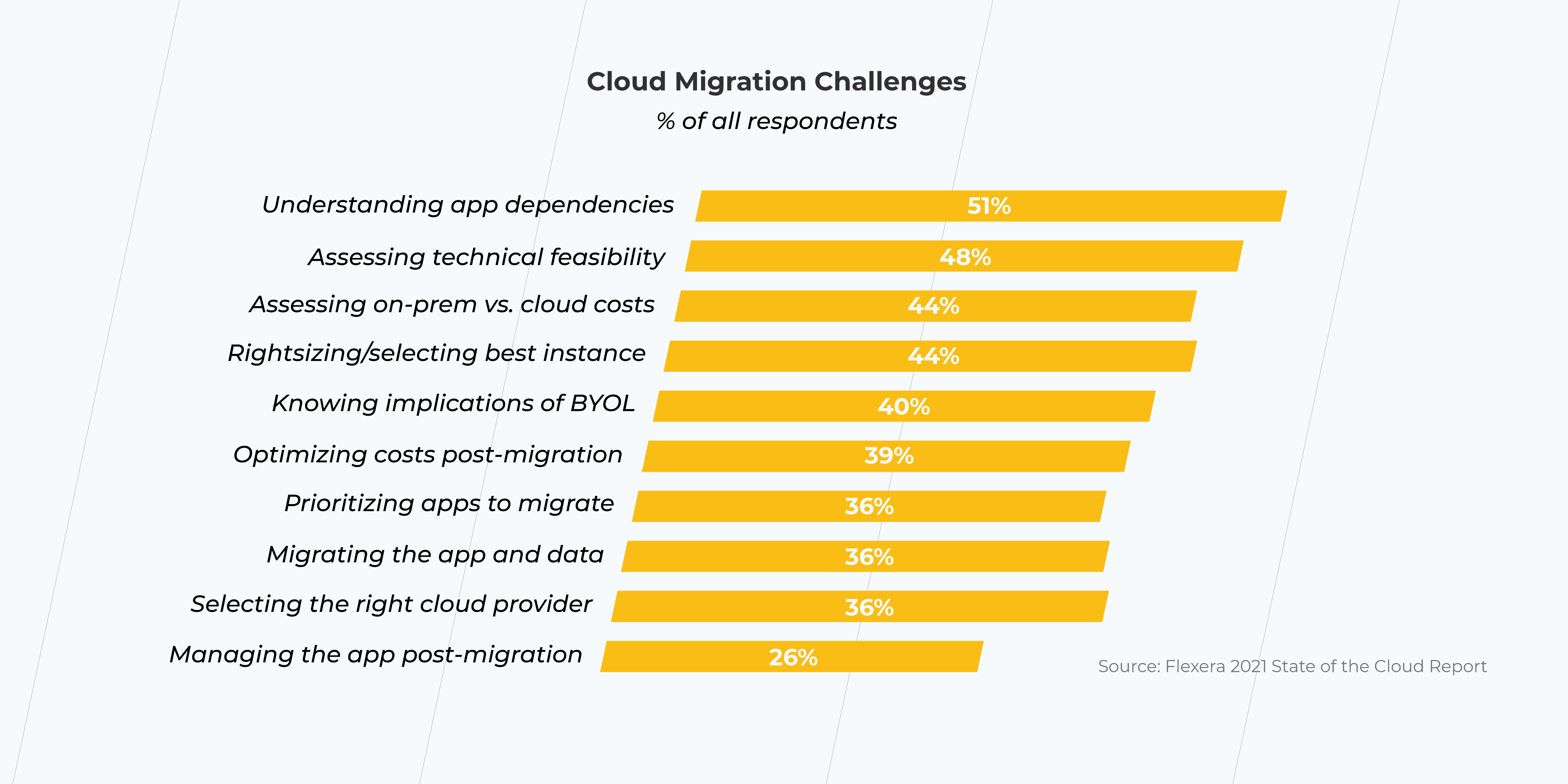
What Should a Cloud Migration Strategy Include?
When elaborating on the cloud migration strategy document, here are a few suggestions that would be beneficial to include for everyone in your company to stay on the same page. The list we are sharing below is meant to give you a general idea of what belongs to the cloud migration strategy. Feel free to add some crucial elements and decisions pertaining to your company’s unique culture and evolutionary path to accommodate more positive development scenarios in the long term. Your experience, vision, and gut feeling are the best guidance in this process. Here’s where you can start:
1. An Overview
State the larger purposes of the transition, such as new business objectives, and allocation of the funding, and the consumer requirements. Reveal the motivation behind the move, including new business perspectives and goals supported by the novel technology.
2. Business Outcomes
Narrow the business goals down to which application innovations are going to improve what customer experience and how it’s going to affect the growing market share seen in figures. Include predictions, statistics, and examples for data, IoT, and AI-driven innovations and experiments.
3. Projected State of The Cloud for the next 2-5 years
The list of the cloud services which currently support your company’s infrastructure will likely vary quarterly based on the experiments and analysis of the cloud consumption, patterns, and security updates. This section is meant to provide a clear vision of what practices can be validated and supported further based on the performance criteria.
4. Additions
Introduce the list of the required documents crucial for successful cloud adoption and management. For example, data classification and governance, cloud environment policies, and ‘IT chargeback’ and ‘showback’ models.
5. Migration Specifications & Technology Dependencies
Include the data that needs to be re-hosted, code that needs refactoring, and every other thing that has to be re-architected, rebuilt, and replaced. Choose the small batch for your first migration cycle. Define technology dependencies for the IT department to look up and synchronize to.
6. Timing
It’s necessary to outline the milestones for migration by marking important business events and some end dates, like contracts terminations and renewals. Any cycles related to technology release, up and running for end purpose need to be clear-view displayed for successful migration planning.
6. Cloud Roles & Responsibilities
Include the key decision-makers to request, consult, and sign-off the cloud services. Assign the roles for the in-house IT team and cloud consulting vendors, such as assessing, migrating, optimizing, securing, and managing the process of migration. State the chosen cloud partners, so that the IT department could work with their tools and configure the features using best practices.
Who is Going to Make the Decisions and About What?
Your cloud team is going to be the specialists, vendors, partners, and decision-makers and will be centered around Cloud Architect. A Cloud Architect is the IT specialist who defines and communicates a chosen cloud strategy. They work with leadership, business units, security, and technology teams.
However, for the needs of the cloud migration strategy, we will identify the stakeholders and their responsibilities. Their roles and names can vary from business to business. And here are some hints to help you determine the main actors for the cloud migration strategy and people who are going to reinforce your team. The three pillars of the decision-making process for the cloud will typically be:
- Business Decision Maker (BDM). The Final Decision Maker.
A Business Decision Maker is also a CEO/CFO, the person who is in charge of the TCO and ROI. Their decisions are influenced by end-user requests. While a CIO makes final recommendations for BDM, IT Decision Maker (ITDM) supplies ideas and advice on technical implementation, based on their expertise.
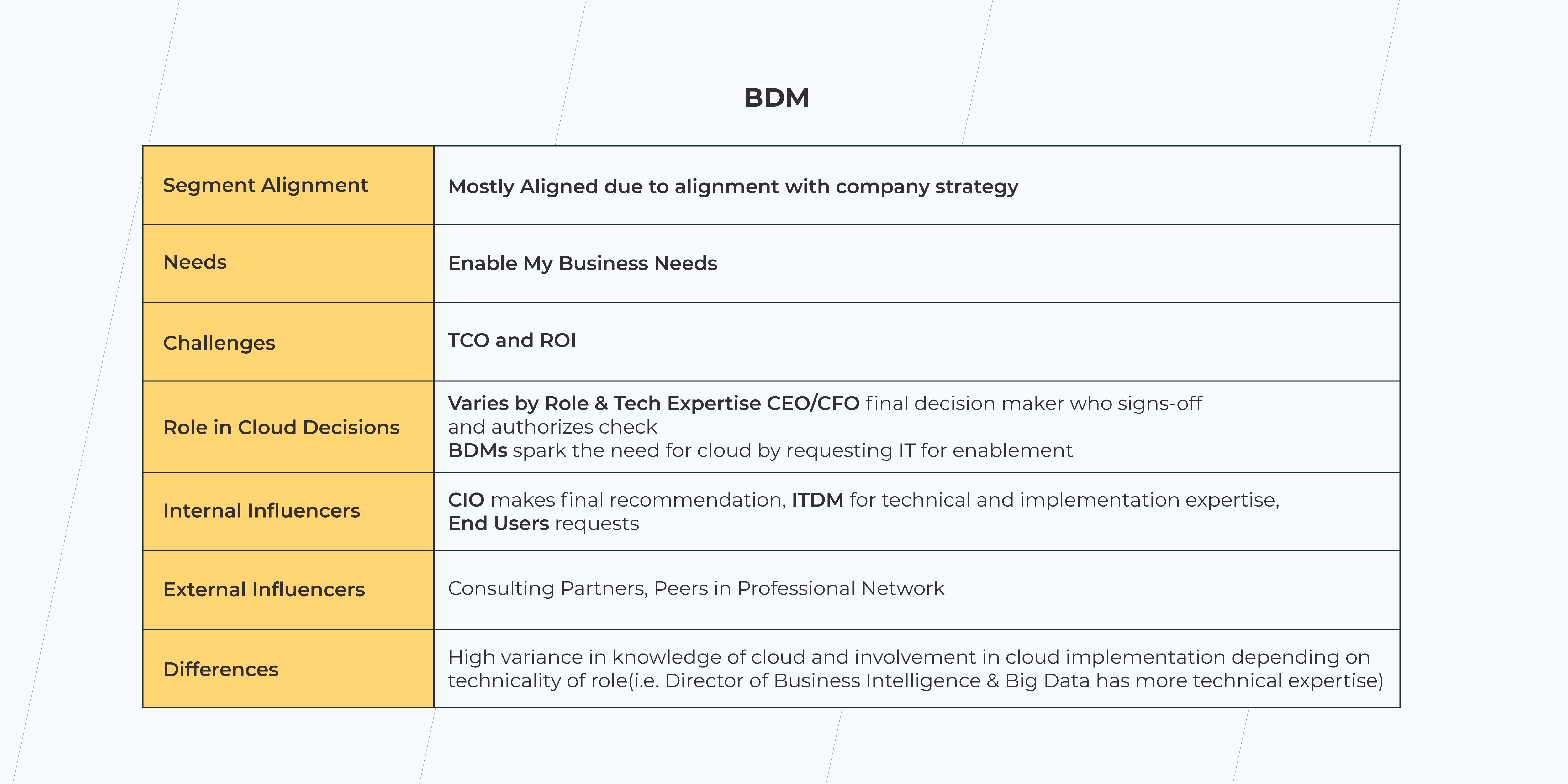
- Chief Information Officer (CIO). The Key Decision Maker.
The Chief Information Officer is responsible for Buy-ins & Resources. They make final recommendations for the CEO/CFO. Their decisions are influenced by ITDM in terms of input and research and BDM’s requests for capabilities.
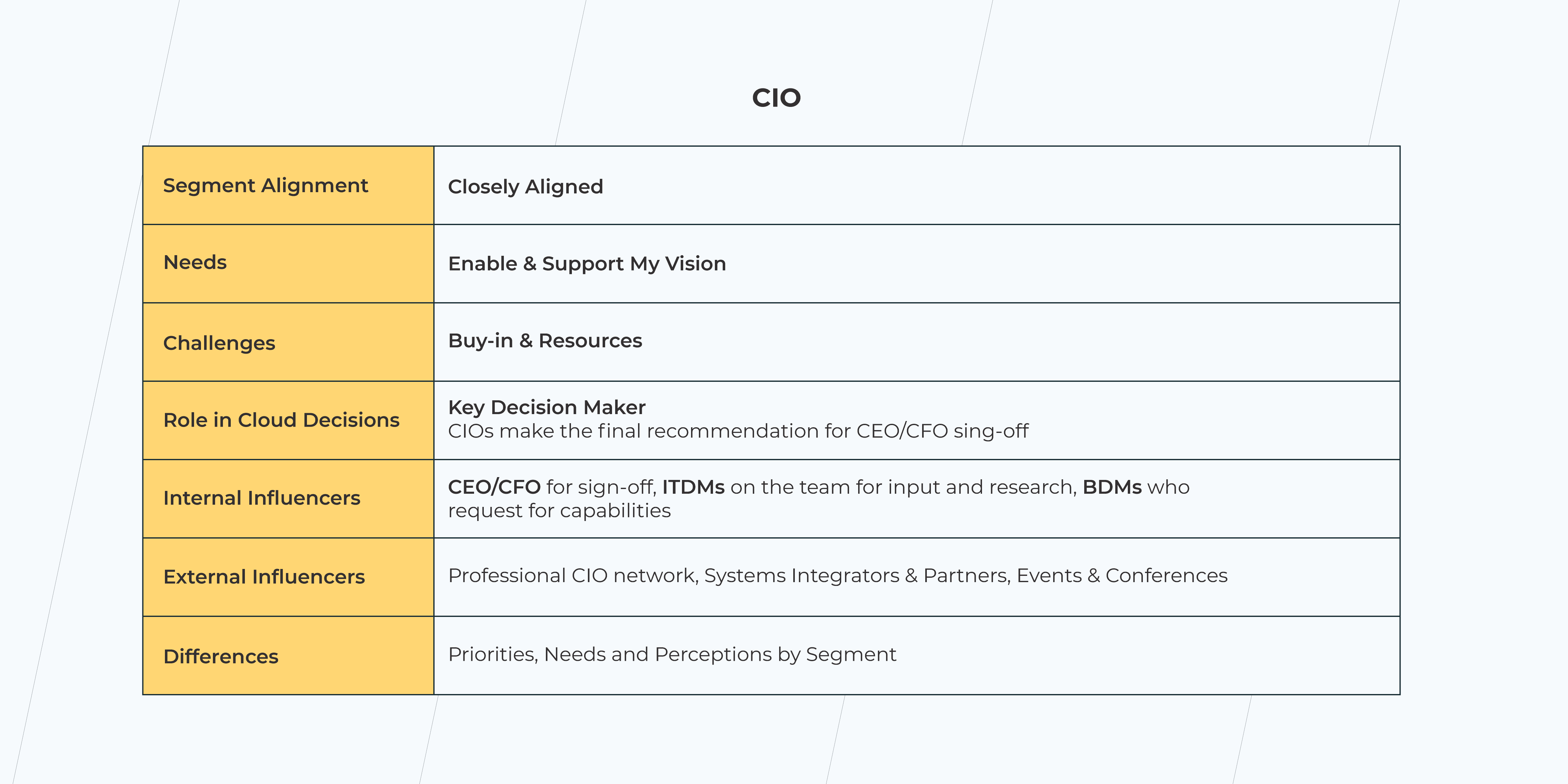
- IT Decision Maker (ITDM). Holds Veto Power.
An IT Decision Maker is involved in most cloud decisions. They are responsible for implementations and work on resources and risks. Their decisions are influenced by the CIO who sets the strategy, BDM who requests support, and Developers who request new solutions to build with.
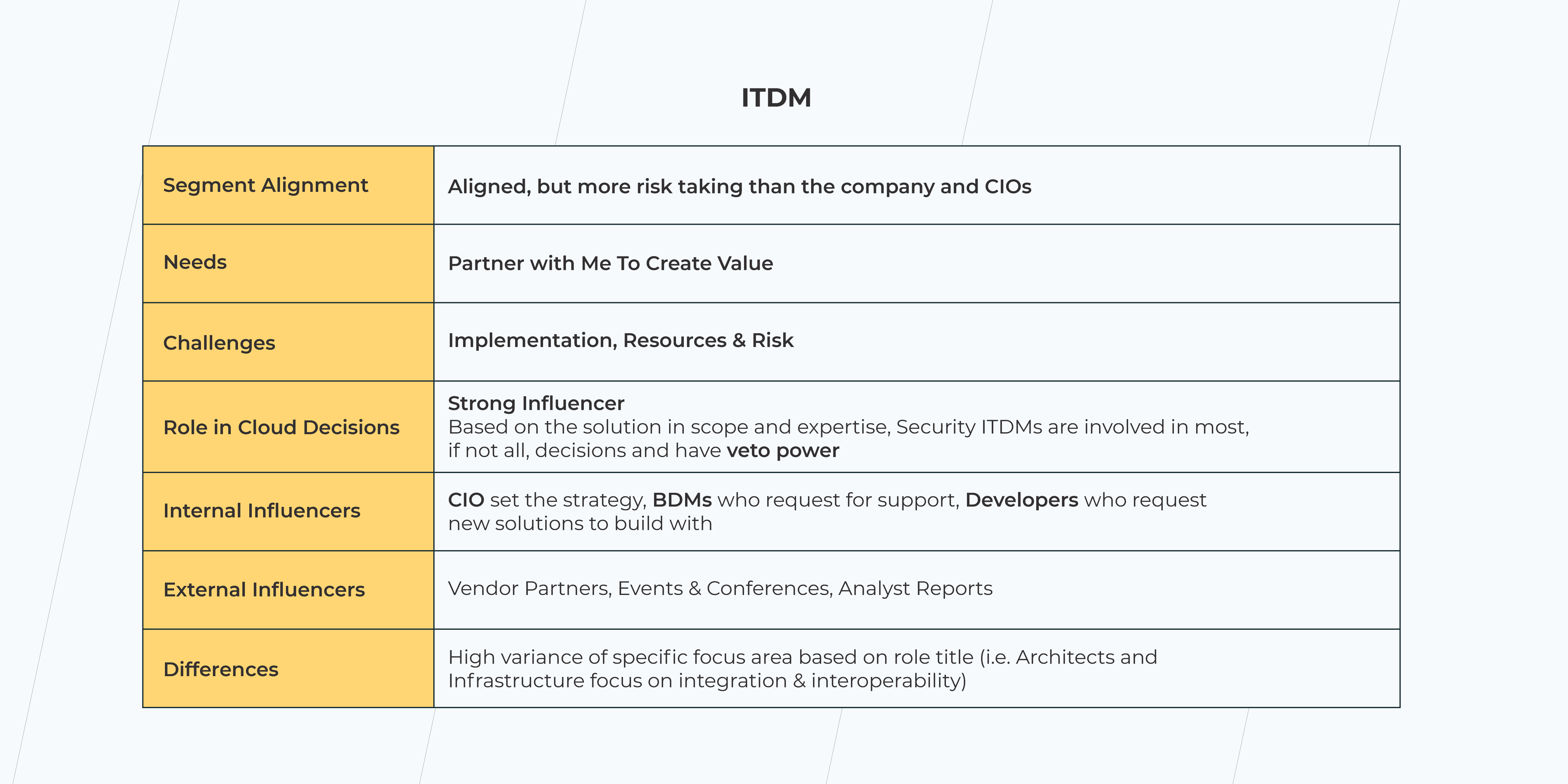
Conclusion
A cloud migration strategy is a document that defines the ‘why’, ‘who’, ‘what’, and ‘how’ of the cloud migration. It serves as the guide to a successful legacy infrastructure modernization and scaling up your business.
If your company has the decision-makers to take the roles in the cloud migration process, the next logical step is to have your cloud consultant on board. A dedicated cloud team will help with your initial applications’ assessment and will identify the challenges associated with cloud adoption in your organization.
Looking for help with cloud migration strategy?



